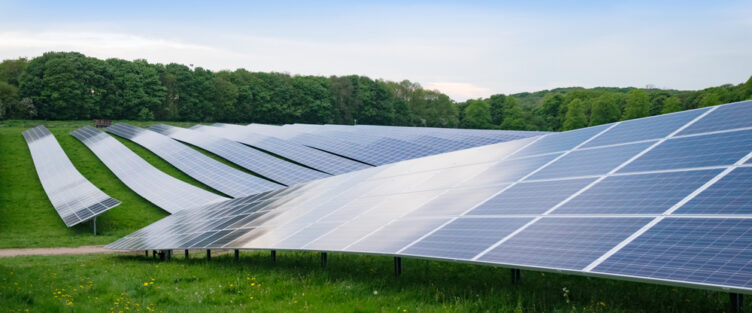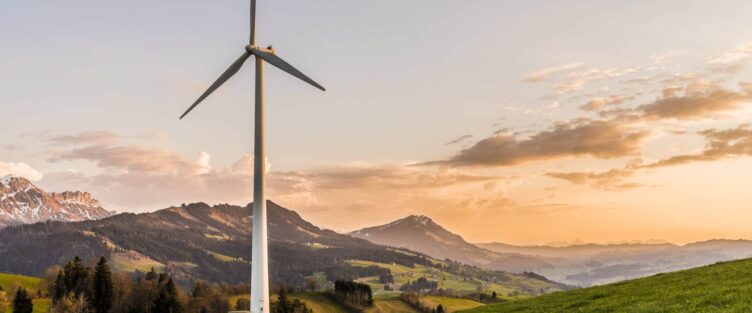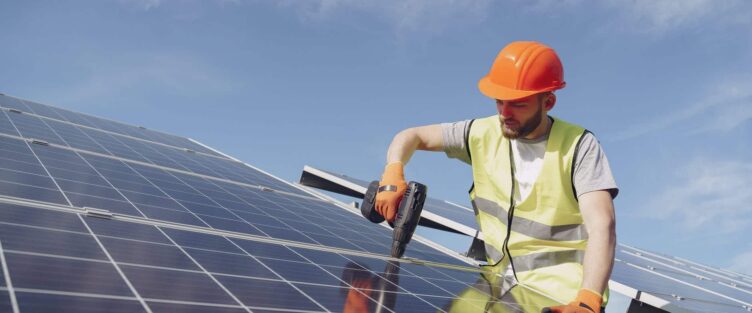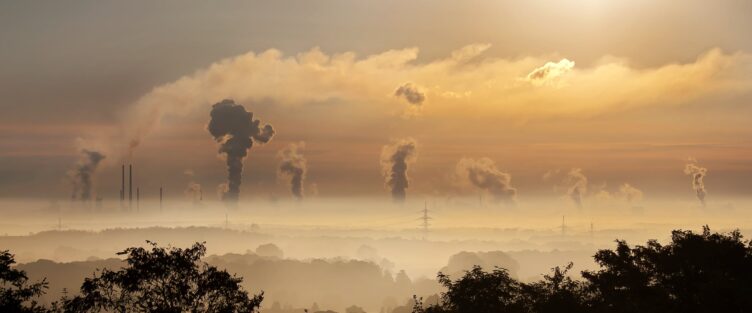Especially when dealt with on a global scale, differences in terminology and semantics can cause confusion and misinterpretation – so it’s best to assess what each term means and how they are applied in initiatives to reach a common goal – combating climate change and protecting the future of our planet. Here we explore the difference between carbon neutral and net zero, two terms that are becoming staples for any environmental or planet-friendly discussions.
What’s the difference between carbon neutral and net zero?
Fundamentally, there is no difference between the two terms. Carbon neutrality is the act of achieving net zero emissions. Net zero may have become a more popular term on a geopolitical scale as it represents more of a “quantitative” target. Some countries have misinterpreted carbon neutrality to mean stabilising carbon emissions at a certain “accepted” level, rather than offsetting them completely.
So, whatever you want to call it, let’s dig a little deeper into what achieving net zero actually means.
What is “net zero”?
Net zero, in its broadest sense, means that you are offsetting your carbon emissions and capturing enough carbon from the atmosphere to keep the total carbon footprint at zero. This is achieved by 1) reducing emissions and 2) carbon offsetting. Reducing emissions to zero is a little unrealistic (this would be “gross zero”) – so efforts to reduce emissions must be supported by efforts to remove CO2 from the atmosphere to make up for emissions elsewhere. This is where the “offsetting” comes in.
Generally speaking, we use “net zero” to refer to what is actually “net zero carbon” – meaning that for every ton of anthropogenic emissions (carbon emissions caused or influenced by humans), the equivalent amount of CO2 must be removed from the atmosphere. Net zero GHG refers to the balancing of all greenhouse gas emissions, taking into account all other anthropogenic emissions which are harmful to the environment in abundance such as methane and nitrous oxide. This is also referred to as “climate neutral”.
That being said, the focus tends to be on carbon dioxide, as it accounts for the large majority of anthropogenic emissions.
What net zero means for us
In 2019, the UK government was the first major economy to pass into law the target of net zero emissions by 2050. The Committee on Climate Change (CCC) advises this step in order to keep the UK on track with commitments made as part of the Paris Agreement in 2016, to keep global warming under 2 degrees. What this means in practice is a little unclear – it imposes a legal obligation on the government to reach this target, but how it will be enforced is still largely unknown. Currently, the UK is not on track to meet its previous target of reducing emissions by 80% by 2050 – so drastic measures and vital work needs to be undertaken to push us towards that goal.
The four highest emitting sectors, being transportation, energy supply, business and residential, will be the focus of initiatives and additional legislation being brought in to curb emissions.
Our commitment
At Elmelin, we recognise that beyond semantics and politics, climate change is a pressing global issue that needs to be addressed through the collective efforts of entire industries. We’re working closely with our clients to develop solutions that will help them create products to aid the net zero initiative. If you’d like to find out more, get in touch.









